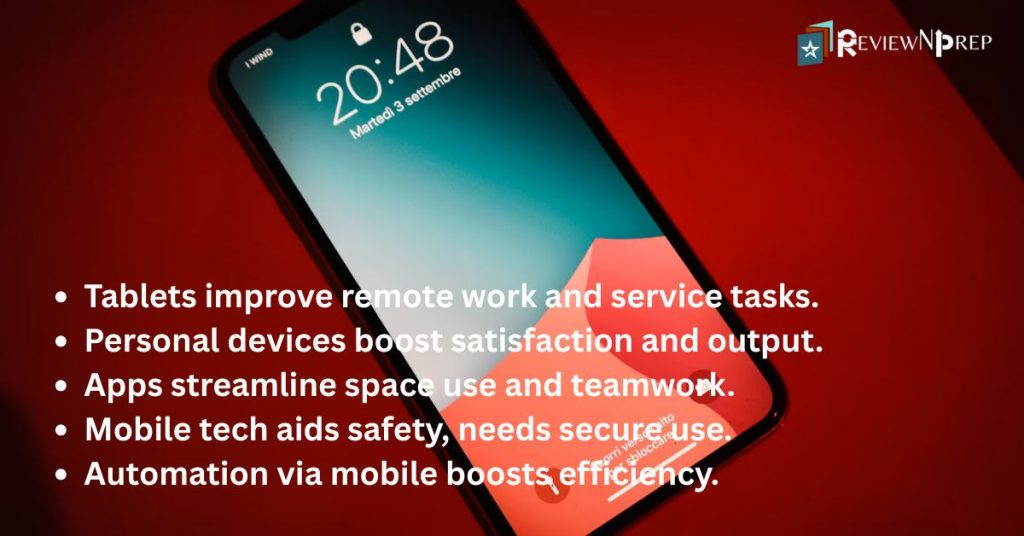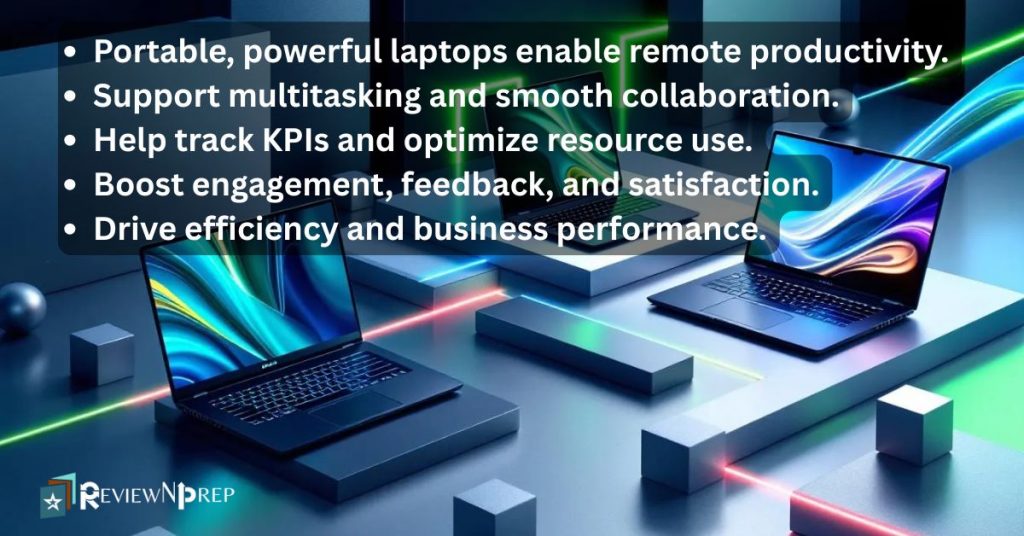Operational efficiency—the ability to produce more with fewer resources—minimizes costs and maximizes revenue. Measuring it is the first step toward boosting productivity and improving energy efficiency. Tracking the operational efficiency ratio offers critical insights into overall performance.
Establishing a baseline in operations management helps identify departmental collaboration and workflow bottlenecks. Removing these obstacles streamlines processes and boosts efficiency.
High operational efficiency leads to reduced costs, faster time-to-market, and better customer satisfaction. It allows businesses to do more with less and stay competitive.
Refining processes, cutting manual tasks, and fostering a positive company culture enhances team productivity. Quality training and process optimization further support smooth, efficient operations across all functions.
Improving Logistics and Packaging for Better Fulfillment
Efficient supply chain and shipping strategies are pivotal in reducing costs and enhancing customer satisfaction. Effective inventory management is a critical aspect of this, involving practices such as splitting stock across multiple warehouses to meet local demand efficiently. Utilizing a Warehouse Management System (WMS) automates inventory tracking and optimizes warehouse layout, leading to more efficient operations.
Streamlining order processing through automated systems can improve efficiency and minimize errors by:
- Synchronizing orders from various sales channels
- Using automated packing solutions that select optimal box sizes and minimize material usage
- Implementing real-time inventory tracking systems that provide up-to-date information, enabling timely responses to demand and improving supply chain management
Outsourcing logistics to third-party providers can lead to cost savings and improved delivery times, allowing businesses to focus on their core competencies. Establishing a user-friendly returns process is also crucial for enhancing quality and customer satisfaction and to improve customer satisfaction and loyalty.
Safe packaging, especially for fragile items, is another critical component. Reliable logistics support from industry leaders like DHL can provide insights into effective packaging methods that minimize damage and speed up fulfillment. Streamlining processes and cutting costs without sacrificing quality are key to maintaining high standards of customer satisfaction, operational efficiency, and quality control.
Identifying inefficiencies in logistics and leveraging practical strategies for continuous improvement enhances operational efficiency and maximizing resource utilization. This approach not only reduces operational costs but also ensures timely deliveries and improved customer satisfaction while reducing waste.
Leveraging Mobile Connectivity to Power Remote Productivity

The rise of mobile connectivity and tablet solutions is reshaping remote work and customer service operations. Reliable devices like tablets are essential tools for mobile teams, customer interactions, and inventory management. Advanced tablets, such as the Samsung Galaxy Tab series, provide robust productivity-enabling solutions for business teams. Providers like M1 offer a range of these devices, helping businesses empower remote teams with cutting-edge mobile tools.
Integrating personal devices in the workplace can boost employee satisfaction and productivity by allowing familiarity with their devices. Mobile apps enable employees to easily reserve desks and meeting rooms, optimizing space usage in hybrid work environments. Smartphones facilitate seamless communication among remote teams through instant messaging and video calls, promoting collaboration regardless of location.
Mobile technologies also streamline health and safety compliance by allowing quick health screenings before employees enter the workplace. Establishing clear guidelines for personal device usage and robust security protocols is essential for balancing productivity and data analytics protection.
Leveraging mobile connectivity to automate repetitive tasks enhances operational efficiency. This not only boosts productivity but also provides a competitive edge in today’s fast-paced market. Connectivity solutions from providers like Maxx offer businesses the mobile speed and reliability they need to keep teams productive on the go.
Empowering Teams with High-Performance Laptops

Portable yet powerful computing tools are indispensable for business professionals. The rising demand for laptops that support multitasking, remote meetings, and creative workloads underscores the need for high-performance devices. Razer, known for its balance of portability and power, offers laptops that help professionals work efficiently from anywhere.
High-performance laptops improve operational efficiency by:
- Enabling seamless multitasking and smooth remote collaboration.
- Allowing easy tracking of key performance indicators and performance metrics, helping businesses operate efficiently and maximize resource utilization.
- Enhancing employee engagement and feedback processes, contributing to overall organizational performance.
Investing in high-performance laptops can boost productivity and improve productivity and customer satisfaction. This investment in technology supports best practices in managing resources and achieving operational excellence.
Empowering teams with the right tools is crucial for maintaining competitive advantage and achieving business goals. High-performance laptops are a key component in this strategy, driving improved efficiency and business performance.
Using Digital Platforms to Scale Online Business Presence
A strong digital storefront or platform is critical for managing and scaling business operations. User-friendly interfaces, integrated services, and responsiveness to customer needs are essential components.
Creating a professional and user-friendly website establishes trust and educates potential clients about services. High-quality content positions businesses as thought leaders, attracting new opportunities. Social media platforms like LinkedIn and Facebook are effective for sharing insights and engaging with clients.
Regular newsletters enhance client communication by providing market trends and updates. Paid marketing on platforms like Google and Facebook can greatly increase visibility and drive traffic to a website. Email marketing gives businesses greater control over their audience engagement compared to social networks.
Effective targeting in paid ads helps reach ideal clients based on demographics and interests. Leveraging digital platforms enables sustainable growth and effective scaling of operations.
Engaging Customers with Subscription-Based Models
Offering curated experiences or personalized subscriptions is a powerful way to retain customers and increase recurring revenue. Examples include:
- Curated gift boxes
- Treat-based services
- A chocolate subscription box, which is a creative way businesses build brand loyalty and emotional connections with their customers.
Subscription services create a consistent revenue stream and foster deeper relationships with customers. Key strategies for maintaining subscriber interest include:
- Delivering ongoing value
- Personalizing services
- Providing tailored product recommendations based on customer preferences These approaches enhance the subscription experience.
Key strategies for subscription services include:
- Engaging customers through exclusive events and social media to build a community around the service.
- Providing consistent value, such as high-quality products and exclusive access to new items, to retain subscribers.
- Continuous innovation, like introducing new products or themes, to keep the subscription offering fresh and exciting.
Successful brands leverage subscription models to enhance customer loyalty and increase convenience, ensuring sustained business growth and customer satisfaction scores.
Conclusion
In conclusion, boosting operational efficiency requires a holistic approach that integrates logistics, technology, digital platforms, and customer engagement. By focusing on these areas, businesses can achieve sustainable growth, reduce costs, and enhance customer satisfaction.
Inspire your team to embrace continuous improvement and leverage modern tools and strategies to stay competitive. Remember, operational efficiency is not a one-time achievement but a continuous journey towards excellence.
Frequently Asked Questions
What is operational efficiency?
Operational efficiency is all about maximizing your output while minimizing resource use, ensuring you cut costs and boost revenue. Embrace this mindset, and watch your organization thrive!
How can mobile connectivity improve remote productivity?
Mobile connectivity boosts remote productivity by ensuring seamless communication and streamlining processes, allowing you to work efficiently from anywhere. Embrace technology to unlock your full potential!
Why are high-performance laptops important for business professionals?
High-performance laptops are crucial for business professionals as they enable seamless multitasking, efficient remote collaboration, and handle demanding workloads. Investing in one empowers you to work effectively from anywhere and boosts overall productivity.
How do subscription-based models benefit businesses?
Subscription-based models significantly boost your business by providing a stable revenue stream and strengthening customer loyalty through continued engagement and personalized value. Embrace this approach to foster lasting relationships and drive growth!
What role do digital platforms play in scaling business operations?
Digital platforms are crucial in scaling business operations as they offer intuitive interfaces and integrated services that streamline management and enhance responsiveness to customer needs. Embrace these tools to effectively grow your digital commerce ecosystem!
Further Reading:
A Comparative Analysis of AWS, GCP, and Azure: Navigating the Cloud
Future of Digital Presentations: How AI Voice Technology is Redefining Content Delivery

